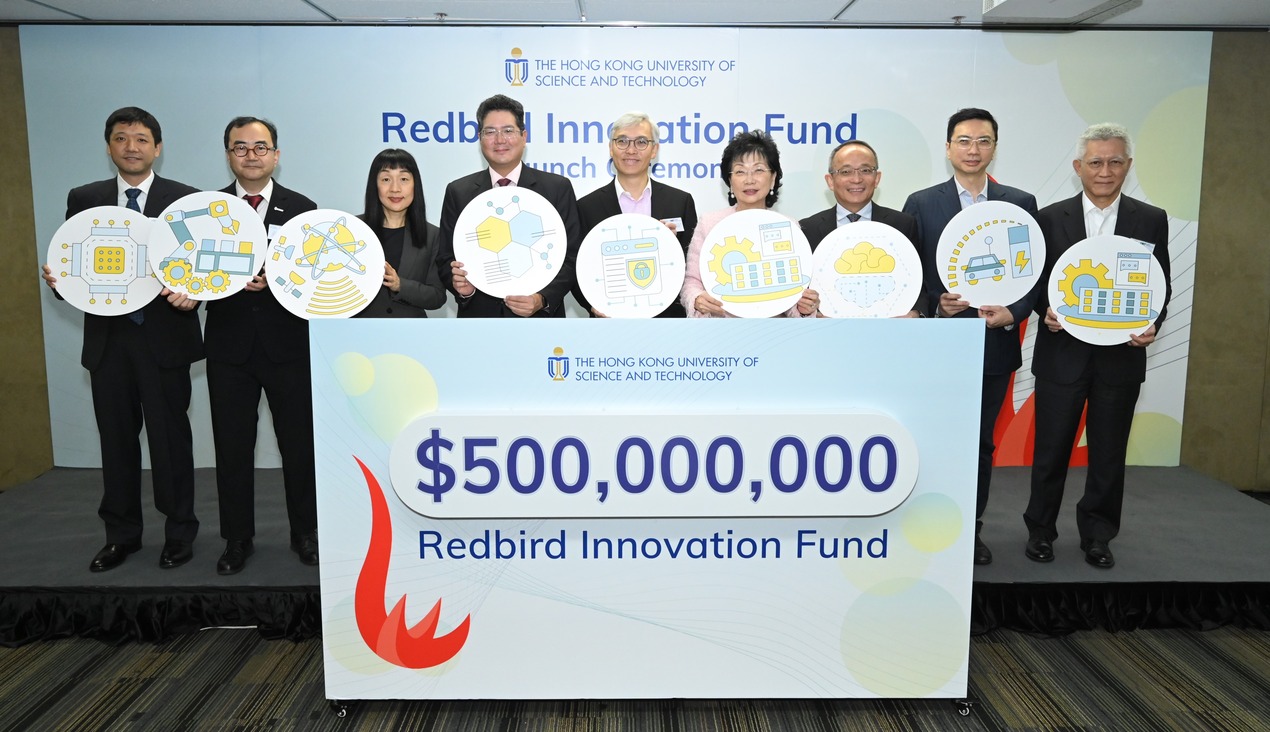
Halfway through the first month of the year, governments around the globe are still in the throes of economic recovery due to the impacts of the COVID-19 pandemic. While other countries are growing their arsenal with measures aimed at spurring growth across various sectors, government agencies in Indonesia may have found the ‘answer’ to shore up economic progress. The solution, based on goals and initiatives laid out by the government, is to reinvent existing governance frameworks and invest heavily in digital advancements to streamline services.
Yasonna Laoly, Minister of Law and Human Rights, echoed this sentiment. He underscored that this year, the Ministry is set to implement what it called a digital revolution in its public services by building on various innovations it has introduced last year.
Among these projects are the Personnel Management Information System, an integrated database containing necessary information of employees capable of easy retrieval and analysis. It was also able to adopt in 2020 an In-Out Mail System that allows a faster, more seamless flow of communication across the Ministry’s various departments.
To add to this roster of digital initiatives, the Ministry also mentioned that it has put up online systems at the Directorate General of Immigration, as well as virtual systems in different departments. The full implementation of AHU-Online, a virtual system where all legal entities at the Ministry are required to register and submit required documents for application, was likewise a milestone that will continue to be implemented.
The Minister also noted that they are looking at enhancing the various virtual counters it has installed in the Directorate General of Intellectual Property (DGIP). As reported earlier by OpenGov Asia, these virtual counters are the first-ever digital intellectual property counters in the country. With the installation of such counters, the DGIP said there is no more need to line up to transact with the agency, thereby eliminating potential risks of spreading and getting infected by the COVID-19 virus.
Renewed calls to invest in tech
This year, the Minister encouraged all units across the Ministry to capitalise on digital reforms and increase the use of information technology. He also stressed the importance of “mapping needs, making careful planning and integrating closely with the Ministry of Law and Human Rights Data and Information Technology Centre.”
To effectively map out the digital revolution it has proposed, the Ministry is looking at integrating all important data into one single database. This database would then be further interweaved with other information on a national scale. This effort is anticipated to set forth quality data that is easily accessible and available and which can be shared seamlessly among agencies and with the community. The result would be improved government transparency and accountability.
Human resource development shall be on top of the Ministry’s priority moving forward in a bid to scale and reach performance targets. To explain further, the Law and Human Rights Minister said: “Without the support of strong human resources, all targets and work programs will not be accomplished.”
The introduction of a digital revolution within the Ministry is similar to the plans laid out at the start of the year by other government agencies. These include the Ministry of Foreign Affairs which, as reported by OpenGov Asia, intends to adopt an improved e-governance blueprint that in the long term will be able to contribute to the country’s growth and stability. One of the department’s focus is to promote inclusivity for Micro, Small and Medium Enterprises through the adoption of digital techniques. It also aims to foster improvements by initiating collective effort at global leadership affairs. This, the Foreign Affairs Ministry said, will be possible by striving to be more agile and adaptive to change.
















